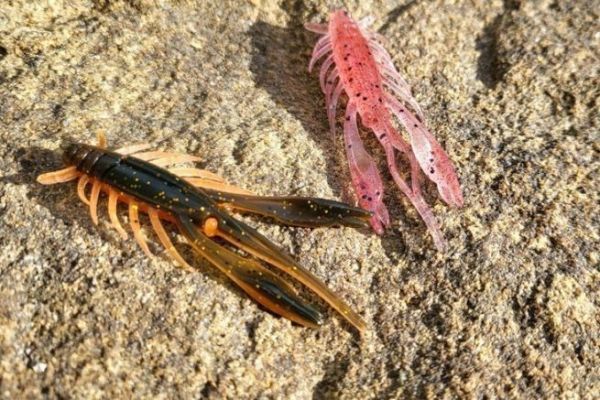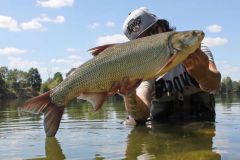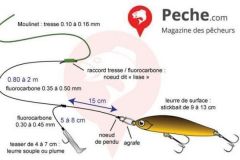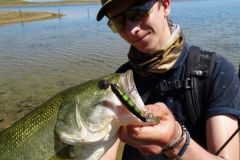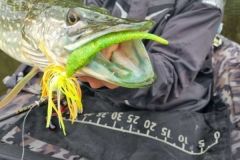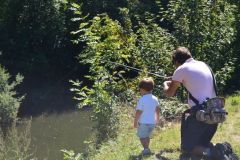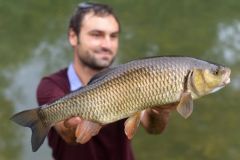For sparids
The creature is a very effective lure for various species of sparids for several reasons. Firstly, the vibrations emitted by the appendages enable fish to easily mistake them for prey. Secondly, a creature can mimic a multitude of different invertebrates that are particularly appreciated by these fish, whose jaws are designed to crush them easily.
Crabs, galatheids, spider crabs and even hermit crabs are crustaceans that form part of the classic sparid diet. Of course, their movements in the water are very typical, crawling and climbing slowly over rocks and hiding in crevices to avoid predators. It is therefore necessary to fish intelligently and not try to bring a creature into the water at full speed. The aim is to slowly scrape the bottom, on rock or sand, to decide on a bream, sea bream or marbled bream.
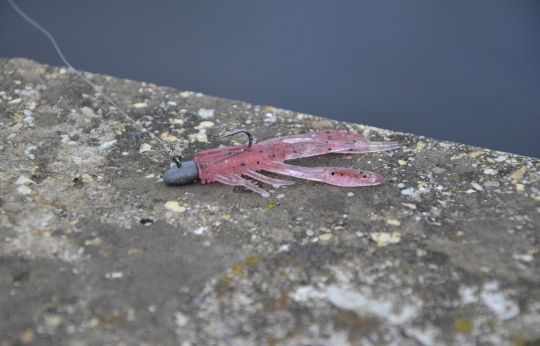
For gobies and scorpion fish
Spending most of your time in a hole waiting for prey to present itself requires opportunism, and this is the case with gobies and scorpion fish. Unlike sparids, these fish don't have powerful jaws and teeth for crushing shells. Yet they love these crunchy little prey and swallow them whole, letting their digestive system do the work.
Gobies and scorpion fish are patient predators, rarely hunting out of their hiding places, preferring to intercept what passes in front of them. A small creature of 3 to 5 cm perfectly imitates a crustacean that gets a little too close, becoming a prey of choice. The normal movements of a crustacean are quite slow, so it's a good idea to create animations that make the appendages vibrate, while leaving the lure in place.
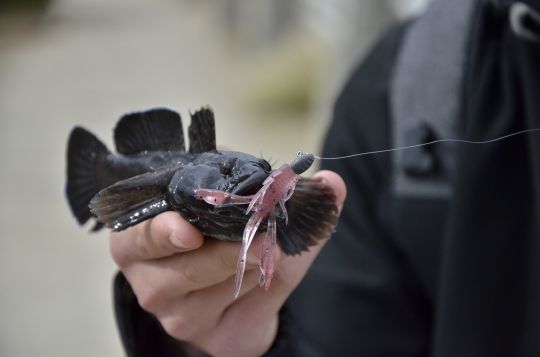
For other rock fish
The creatures can easily be used to catch a multitude of other rock fish species, large or small. In the Mediterranean, easy prey is either relatively rare or well hidden from predators. Presenting a highly visible creature in clear water attracts all rockfish, even those not inclined to eat a crustacean, out of curiosity.
We often find a small conglomeration of girelles or castagnoles following our creatures, which has a way of irritating sarrans and small groupers, for example. The latter will approach the group of curious fish, see the creature and try to gobble it up before a competitor does.
